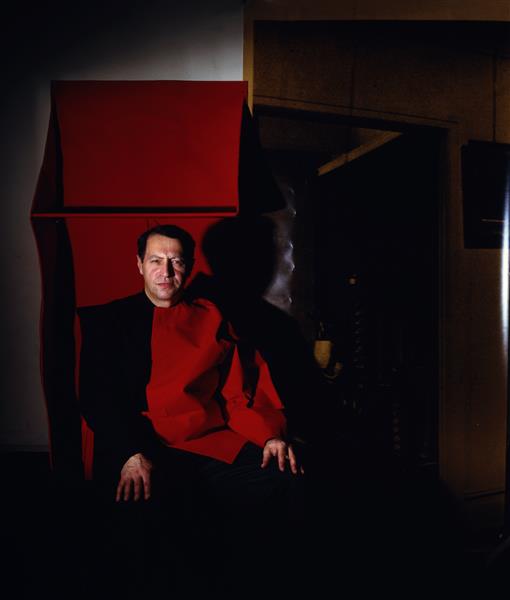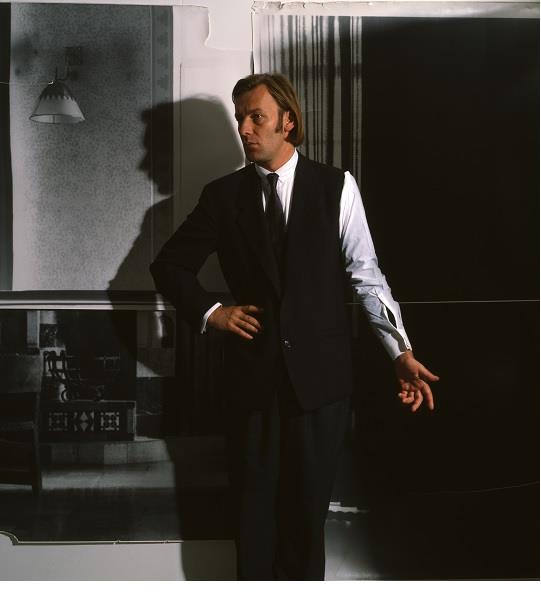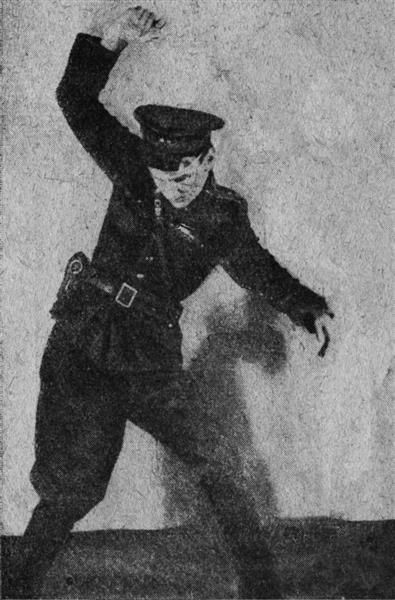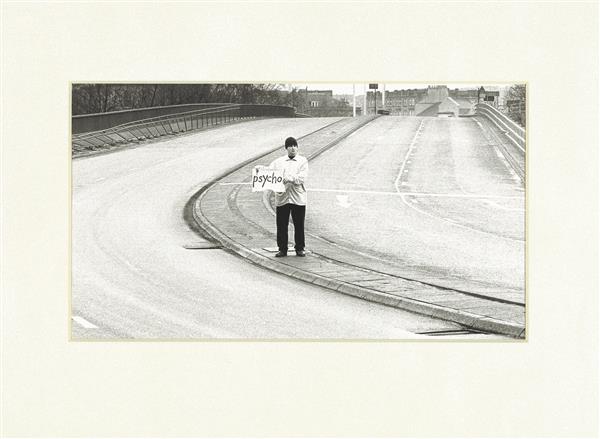Cardinal Red (Collaboration with Franz Erhard Walther)
Clegg & Guttmann
C-print on Endura paper, mounted behind Plexiglass with MDF framing
196 × 163.5 × 4.5 cm
1993
Acquisition 2015
Inv. No. 0302
Since the 1980s, the photographic portrait has been the most important transmitter in Clegg & Guttmannʼs work. The single images, pairs and many-figured groupings remain to this day the most exciting that this genre has to offer. Their frame of reference is the aesthetic conventions of old masters – these provide signifying material for the work, staging the overall structure, social patterns and power relationships, placing people in surroundings that expose their cultural, economic and social backgrounds.
Clegg & Guttmann know the codes of status, influence and capital. They develop a fiction of that which in reality has worth, impact and appeal. The ʻtypeʼ wears fashionable black – the men, white shirts and dark neckties, the women, discreet but effective jewels. A dramatic control of the lighting becomes a means of self-reflection, self-awareness and self-critique.
In the early portraits, fictional clients are convincing – older friends and family members – as representatives of power. Around the cult figures from the East Village hang wisps of existential bitterness.
Rightly so, as proven later, when New York intellectuals bid farewell to their radical inheritance, to dissension and rebellion, and voted Hollywood actor Ronald Reagan into office. Clegg & Guttmann take this neo-conservative movement under the microscope. They produce on commission; boards of directors and whole executive suites let themselves be captured just as willingly as affluent diamond merchants with their children.
What comes across as documentation of social, political and aesthetic status is furthermore a brilliant example of critical artistic commentary.
Clegg & Guttmann concede a great deal of autonomy to their colleagues. For Collaborations, a group of works to which the two images in the evn collection belong, the portrait sitters were allowed to choose their own clothing as well as their attributes and environment. Martin Kippenberger sees himself as an anarchic-aesthetical dandy. He takes the art worldʼs favorite designer, Martin Margiela, and wears a suit with avantgarde-esque disconnected arms. Franz Erhard Walther, on the other hand, merges together with his work under red and black lengths of cloth. An image full of impressive cross-references, between the photographer and the model, between the represented and his groundbreaking work, and the offers of participation, that form the basis of the work itself.
Brigitte Huck, 2015 (translation: Virginia Dellenbaugh)
Continue readingPublications
evn collection. 95–2015 Jubilee, Vienna 2015, p. 88–93



